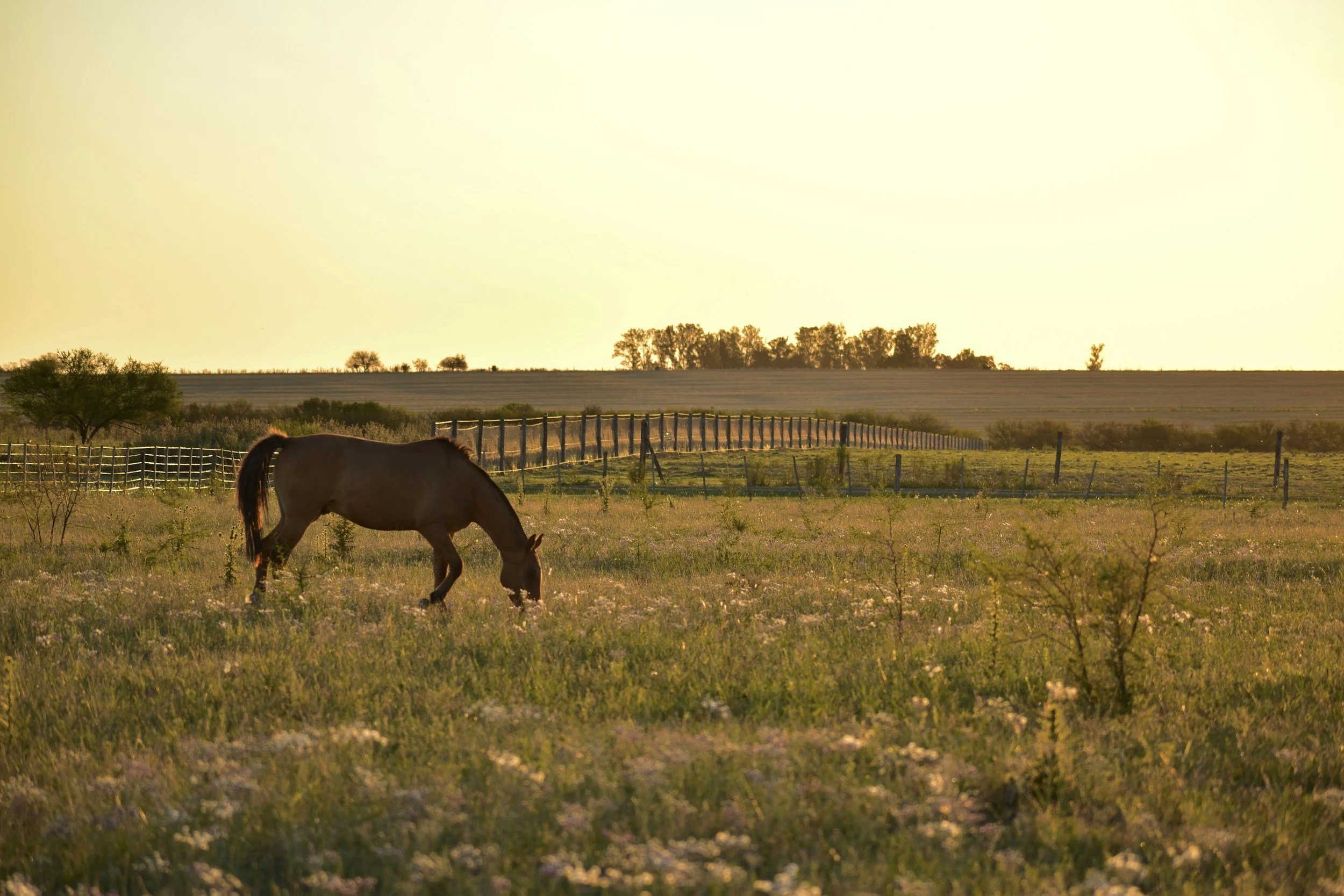 |
| Image Source |
By: Jamie Houston, Staff Member
The improving economy, which is indubitably invited, seems to be rolling in with both good and bad news. The good news is the economy is improving; the bad news is the demand for natural gas has increased, thereby increasing the cost of Kentucky heating bills this winter compared to last year.[i] Since “natural gas represents the only clean energy option of adequate scale today,” it seems natural gas should suffice simply because the terms “clean” and “adequate” are a match made in energy heaven.[ii] The next step would be to get production booming, right?
Recently, the House of Representatives passed a bill “aimed at speeding up drilling for oil and natural gas,”[iii] and the House anticipates passage of another bill to “streamline permitting for natural gas pipelines.”[iv] However, some oppose the bill, for what may or may not be a good reason. The pipeline bill will essentially place a one-year time limit on the Federal Regulatory Energy Commission, an agency regulating the interstate transmission of natural gas and oil, to approve or deny a pipeline application.[v]
Is there true concern for maximizing the marketability and utilization of what appears to be a viable energy option when there is faint federal legislation to preempt states that hinder expeditious exploration of natural gas pipelines? Notably, there is a hotly contested issue that has matriculated to the Kentucky General Assembly because residents of the Commonwealth have lamented their thoughts of a private pipeline company condemning their lands under eminent domain.[vi] The company wants to build a 1,123 mile natural gas pipeline from the Northeast down to the Gulf Coast.[vii] The Kentucky eminent domain statute requires a pipeline to be a “public service” in order to invoke this doctrine.[viii] Although the joint venture disagrees, officials of the State Energy and Environment Cabinet proclaim that the company is not a public service, and consequently does not have the power of eminent domain.[ix]
A quick recapitulation of the posture of issues obstructing proposed pipelines reveals a political tangle at the federal level, two interpretations of the Kentucky eminent domain statutes, immense pushback from Kentucky residents, and basic geography. Kentucky sits in a particularly interesting position in terms of bargaining power with the pipeline company. A map of the United States shows, and Attorney General Jack Conway recognizes that in order to get the natural gas flowing from the Northeast to the Gulf Coast, “they can’t go around Kentucky.”[x] Will the Bluegrass State turn out to be The Great Wall of Kentucky? Whatever the disposition of this issue, citizens should remain hopeful for some control in the cost of natural gas.
_________________
[i]Pub. Serv. Comm’n, Natural Gas Will Cost More This Winter Than Last Year, (Oct. 31, 2013), http://eec.ky.gov/Lists/News%20Releases%202/Natural%20gas%20will%20cost%20more%20this%20winter%20than%20last%20year.pdf.
[ii] America’s Natural Gas Alliance, Why Natural Gas, Clean, (last visited Nov. 24, 2013), http://anga.us/why-natural-gas/clean#.Uo5-VsTksU8.
[iii] Matthew Daly, House Approves Bill to Speed Up Oil and Gas Drilling, (Nov. 20, 2013, 4:25 PM), http://www.huffingtonpost.com/2013/11/20/house-oil-and-gas-bill_n_4312118.html.
[iv] Id.
[v] Matthew Daly, House Backs Bill to Speed Natural Gas Pipelines, (Nov. 21, 2013), http://www.kentucky.com/2013/11/21/2945073/house-backs-bill-to-speed-natural.html.
[vi] Bluegrass NGL Pipeline Encounters Resistance From Some in KY, Marcellus Drilling, (Aug. 8, 2013), http://marcellusdrilling.com/2013/08/bluegrass-ngl-pipeline-encounters-resistance-from-some-in-ky/.
[vii] Valerie Chinn, Bluegrass Pipeline Expected to Run Through 13 Kentucky Counties, (Nov. 5, 2013, 3:12 PM), http://www.wdrb.com/story/23883716/bluegrass-pipeline-expected-to-run-through-13-kentucky-counties.
[viii] Ryan Quinn, Legislator Pre-Files Bill to Address Eminent Domain and the Bluegrass Pipeline, (Sept. 16, 2013, 5:36 PM), http://www.state-journal.com/local%20news/2013/09/16/legislator-pre-files-bill-to-address-eminent-domain-and-the-bluegrass-pipeline.
[ix] Greg Kocher, State: Eminent Domain Not Possible For http://www.kentucky.com/2013/09/05/2805903/lawyers-for-company-state-disagree.html.
[x] Nick Storm, Conway Says He Has Concerns About Proposed Bluegrass Pipeline, (Aug. 15, 2013, 2:58 PM), http://mycn2.com/politics/conway-says-he-has-concerns-about-proposed-bluegrass-pipeline.













